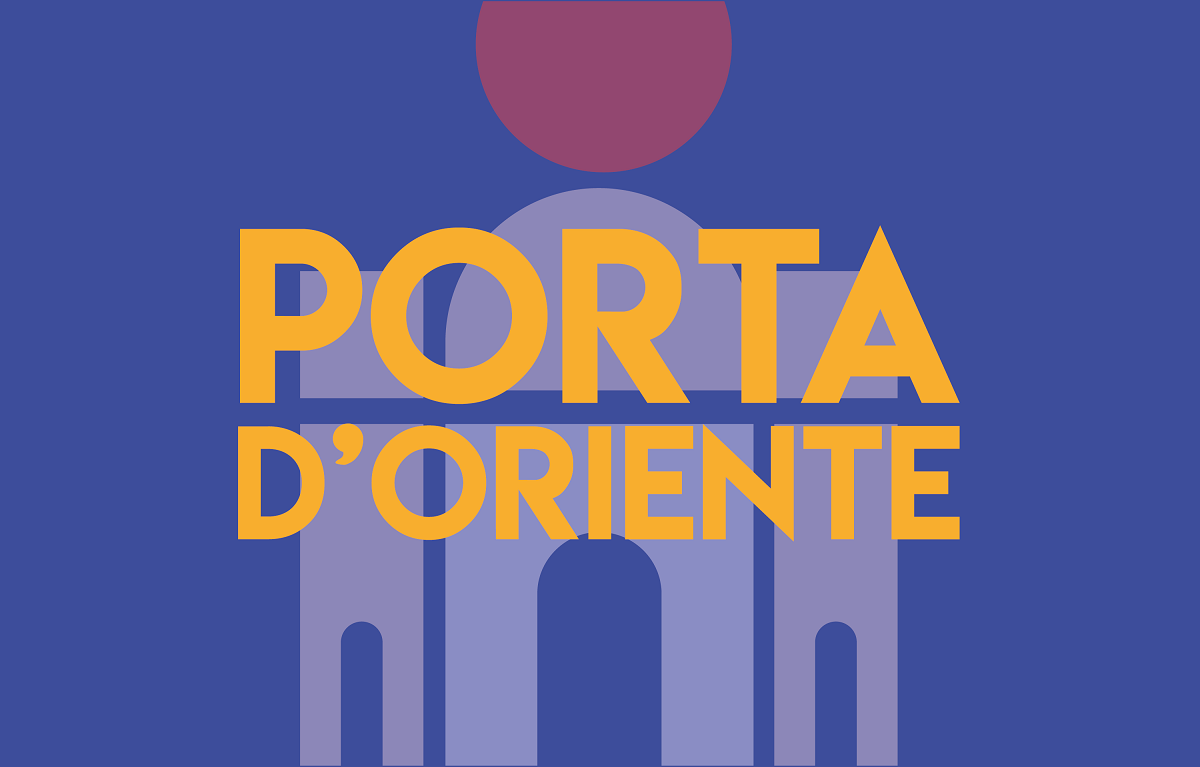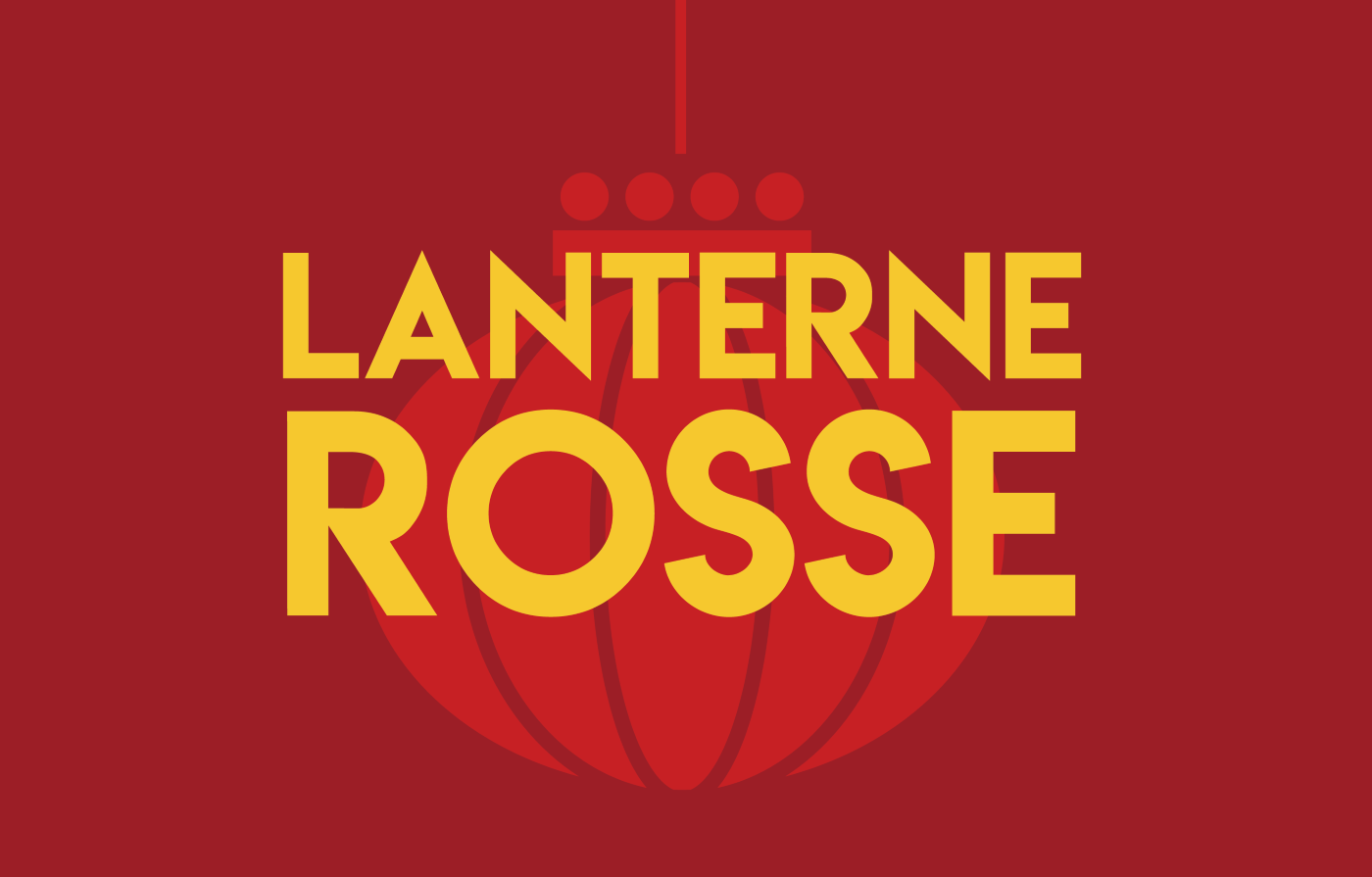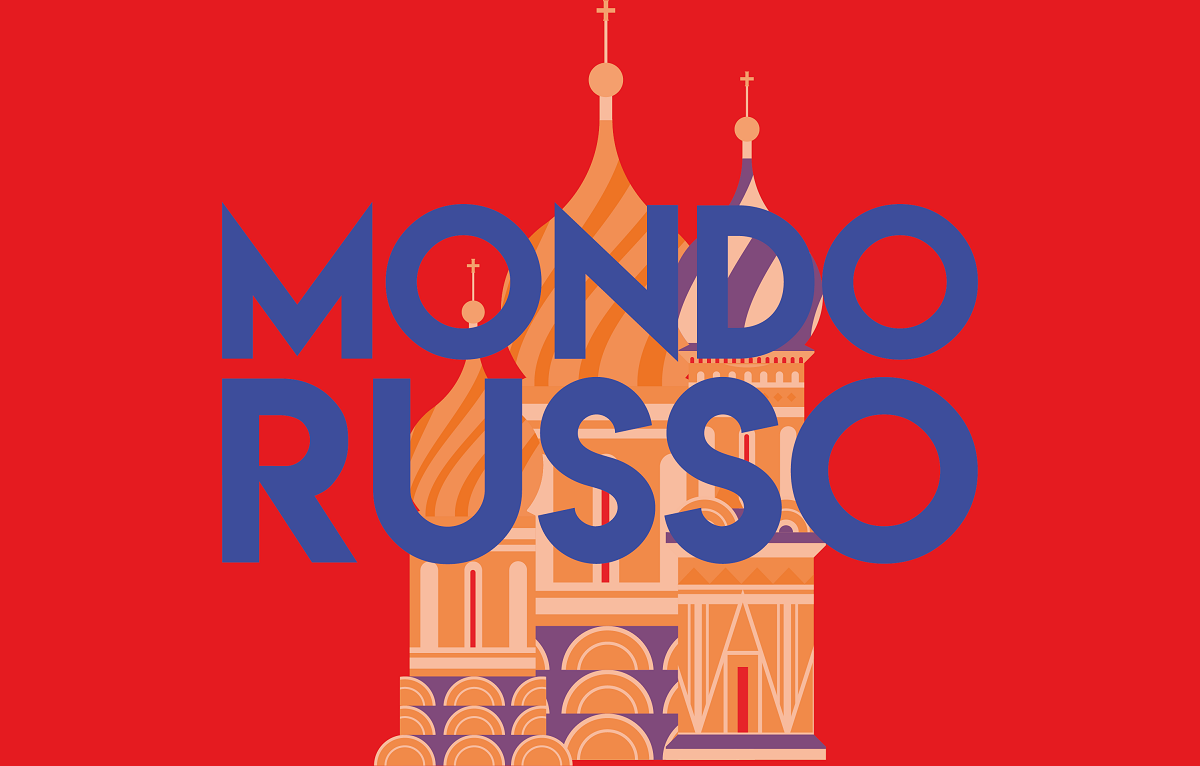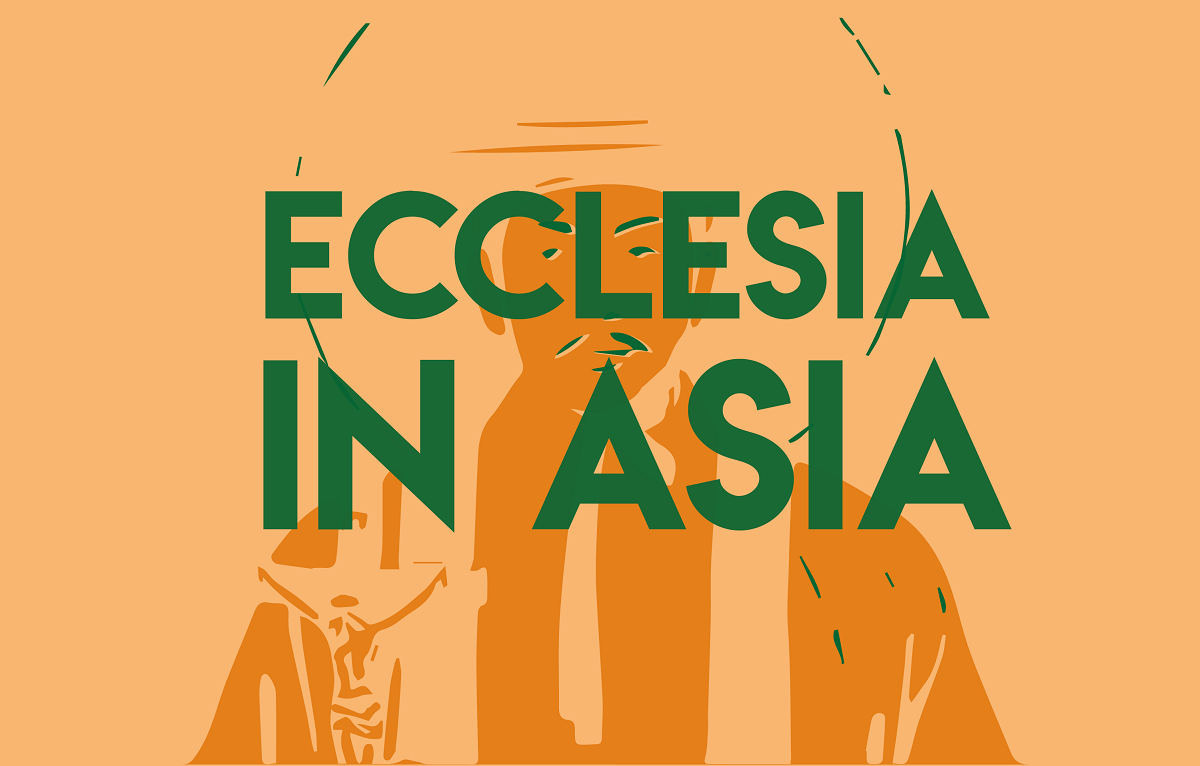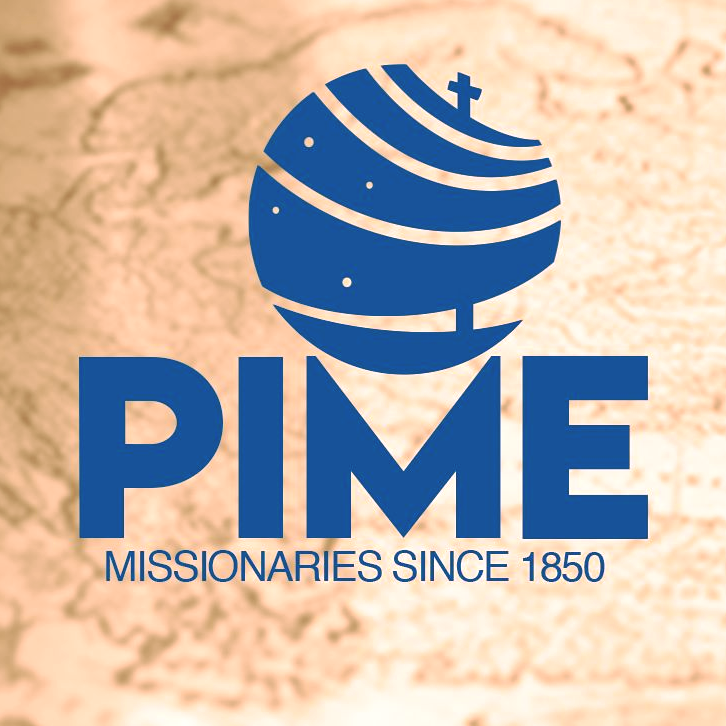WCC urges action for Saint Catherine's Monastery
At the end of a meeting in South Africa, the WCC central committee expresses "concern" over the future of the 1,500-year-old place of worship, and calls for a “formal letter" to be sent to Egyptian President al-Sisi to ensure that the monks own the monastery. The Egyptian foreign minister defends the ruling and dismisses the idea that it violates religious freedom.
Cairo (AsiaNews) – The Central Committee of the World Council of Churches (WCC) released a statement at the end of a meeting held from 18 to 24 June in Johannesburg, South Africa, in which they expressed concern for the future of the 1,500-year-old Monastery of Saint Catherine in Egypt.
The issue of the ownership of the religious site that stands at the foot of Mount Sinai and the presence of the monastic community within it linked to the Greek Orthodox Patriarchate of Jerusalem made front-page news in May when a court ruled that the site belonged to the Egyptian state.
In the statement, issued before the forthcoming 6th World Conference on Faith and Order in Egypt, the WCC Central Committee asks the Secretary General to “send a formal letter” to Egyptian President Abdel Fattah al-Sisi expressing the organisation’s “concern” over the matter.
It also includes a request “for a clear and binding agreement recognizing the Holy Monastery’s right and title to the site in perpetuity, and guaranteeing protection of the religious life and duties of the monastic community.”
The Central Committee also wants UNESCO to be involved in “the protection of the Holy Monastery as a World Heritage Site, and of its Christian monastic character.”
The controversy began in 2012 followed by fruitless negotiations in which the authorities claimed ownership, until “on 28 May 2025 a court decision was issued recognizing the Egyptian state as the owner of all parts of the site, including the Holy Monastery itself.”
“Consequently, the monks are now tenants in their monastery, which has been operating without interruption for 1,500 years. The presence of the monks in the monastery is precarious since they remain in the monastery based on an annual residence permit, which the Egyptian authorities may decide not to renew at any time.”
For this reason, the Central Committee wants the formal letter to Egyptian President Abedel el-Sisi to express “the World Council of Churches’ concern about this matter,” and request “a clear and binding agreement recognizing the Holy Monastery’s right and title to the site in perpetuity.”
Egyptian Foreign Minister Badr Abdelatty waded into the issue yesterday, inking an article published in a daily newspaper. In it, he describes the monastery as a vital symbol of religious harmony and a part of Egypt’s historical legacy, highlighting its role as a centuries-old beacon of interfaith dialogue and spiritual preservation, a cornerstone of Egypt’s diverse cultural identity.
As for the controversial ruling, the minister criticised international reaction, saying that it fails to consider the legal framework of the decision, and dismissed as inaccurate and unfounded the claim that the ruling goes against the principles of religious freedom.
The court ruling came at the end of May, but it is linked to a long-running legal battle between the monks and the Egyptian government.
For some observers, this “aggression” began when the Muslim Brotherhood came to power and continued after their fall through legal pressure and attacks designed to close the monastery.
The Orthodox patriarchates of Athens, Jerusalem and Constantinople slammed the ruling, of which only a brief extract has been published, for granting the state ownership of the building and its assets and ordering the expulsion of the monks, who, in the meantime, have closed the monastery to the public in protest.
The monks “are allowed to remain in the monastery to fulfil their religious duties only for as long as the new owner – the Egyptian state – permits.”
Built between AD 548 and 565 by order of the Byzantine Emperor Justinian I, the site has been a UNESCO World Heritage Site since 2002.
It is the oldest continuously inhabited Christian monastery in the world and stands on the site where, according to the Bible, God appeared to Moses in the burning bush, entrusting him with the Tablets of the Law.
The site has nourished saints like John Climacus and Gregory of Sinai, preserving the most precious archaeological and spiritual heritage of Christianity.
One of its many assets is the famous Sinai library with its ancient manuscripts and the collection of pre-iconoclastic icons on wood.
Greece backed the monastery in the past, but the ruling has overturned expectations, raising questions about the real intentions of a country that formally pledges religious freedom, rights for minorities and opposition to extremism, only to follow in its footsteps.
24/04/2019 17:32
25/03/2018 15:14
28/04/2017 10:32





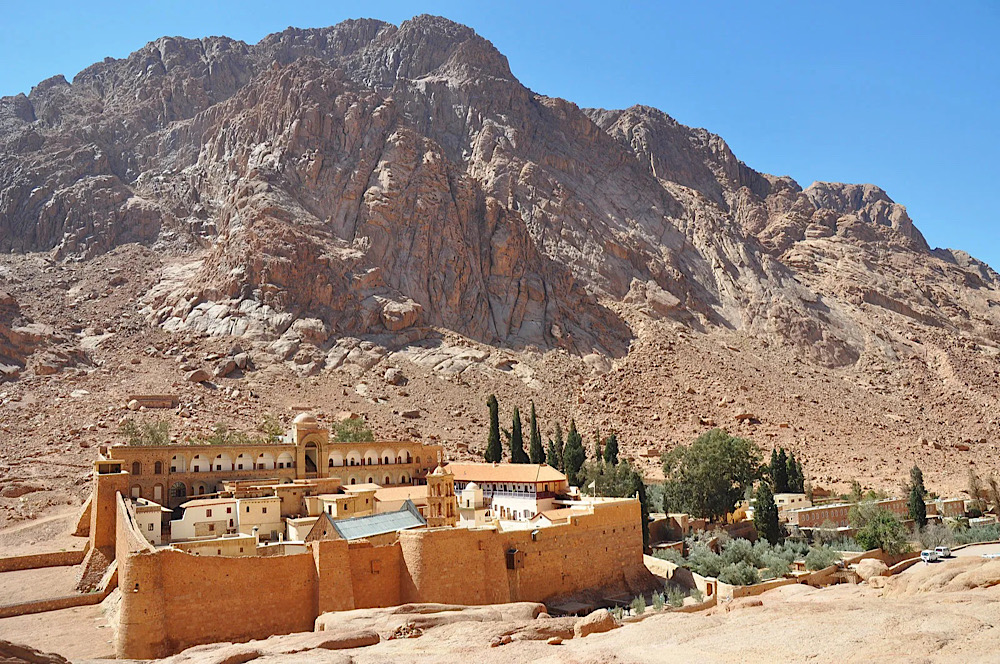

.png)
